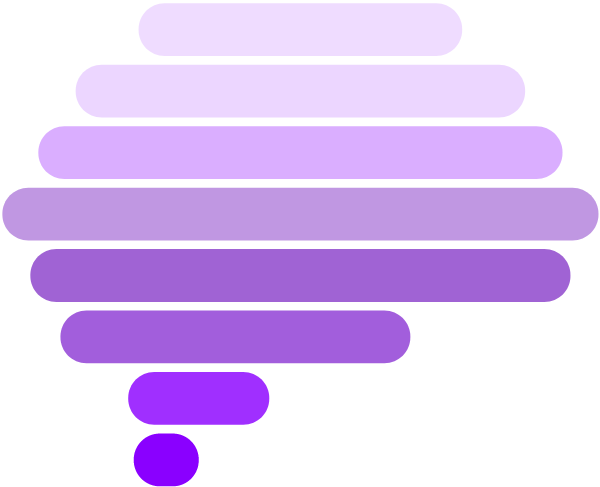I approach evaluation as a participatory, qualitative practice that elevates lived expertise and collective-making rather than a purely technical audit. While I integrate mixed-methods tools when appropriate, my focus centers on qualitative approaches—storytelling, sense-making, and reflective inquiry—that surface the deeper impacts of programs, policies, and organizational change efforts.
Foundations: From Measurement to Meaning
Traditional evaluation often privileges numeric indicators over human experience. Drawing on Patton’s Utilization-Focused Evaluation and Cousins & Whitmore’s Participatory Evaluation, I partner with stakeholders to co-define evaluation questions, methods, and uses from the start. Together we:
- Clarify evaluation purposes—learning, accountability, empowerment—so that every method serves community priorities.
- Co-create evaluation frameworks that balance outcome tracking with “most significant change” stories and reflective journaling exercises.
- Establish feedback channels ensuring that evaluation findings inform real-time adaptations rather than retrospective reports.
Qualitative Methods: Centering Voice and Context
My qualitative toolkit includes:
- Most Significant Change (MSC): Facilitated storytelling circles where participants share narratives of program impact; we collaboratively select and analyze stories that illustrate transformative outcomes.
- Focus Groups & Sense-Making Workshops: Guided dialogues that explore emergent themes, surface power dynamics in program delivery, and co-interpret findings.
- Participant Observation & Ethnographic Inquiry: Immersive engagement in community settings to capture context, relationships, and informal learning processes.
- Reflective Journaling & Photovoice: Creative prompts that invite participants to document experiences through words, images, or audio, foregrounding embodied and intersectional insights.
- Most Likely to Succeed Mapping: Adapted from developmental evaluation, we trace pathways of success and emergent adaptation in complex, evolving initiatives.
These approaches privilege nuance, amplify marginalized perspectives, and reveal the “how” and “why” behind quantitative trends.
Integrating Mixed Methods Thoughtfully
When projects benefit from complementary quantitative data, I employ:
- Surveys & Thematic Coding: Brief questionnaires analyzed qualitatively to triangulate findings without sidelining narrative depth.
- Most Significant Change Quantified: We categorize MSC themes to identify frequency patterns, enriching stories with contextual numbers.
- Case Studies with Embedded Metrics: Detailed profiles of program sites that integrate key performance indicators with participant-generated data.
This balanced approach ensures that numbers serve stories — not the other way around.
Methodology: A Three-Phase Process
My evaluation unfolds in three iterative phases:
- Co-Design & Question Framing
We convene evaluation design sessions—inviting program participants, leadership, and allies—to articulate evaluation questions, decide methods, and agree on uses. - Data Gathering & Collaborative Analysis
Through storytelling circles, focus groups, and observation, we collect rich qualitative data. We then host sense-making workshops where participants code themes, discuss implications, and propose adjustments. - Feedback & Adaptive Learning
We deliver findings through creative formats—digital story maps, graphic reports, and participatory presentations—that prompt dialogue and guide real-time refinements to programs, policies, or organizational practices.
Working Together: Next Steps
If you’re ready to move beyond “did it work?” to “what changed and why?” let’s partner. Book a complimentary discovery call where we’ll clarify your evaluation goals, co-design methods that honor participant expertise, and outline an engagement—from one-off MSC workshops to embedded evaluation partnerships—that advances learning and justice.
Reach out through the Contact page to begin.
Continue the Conversation
I regularly share reflections on research, and liberation-centered learning. Subscribe below for essays, toolkits, and case studies delivered straight to your inbox.
